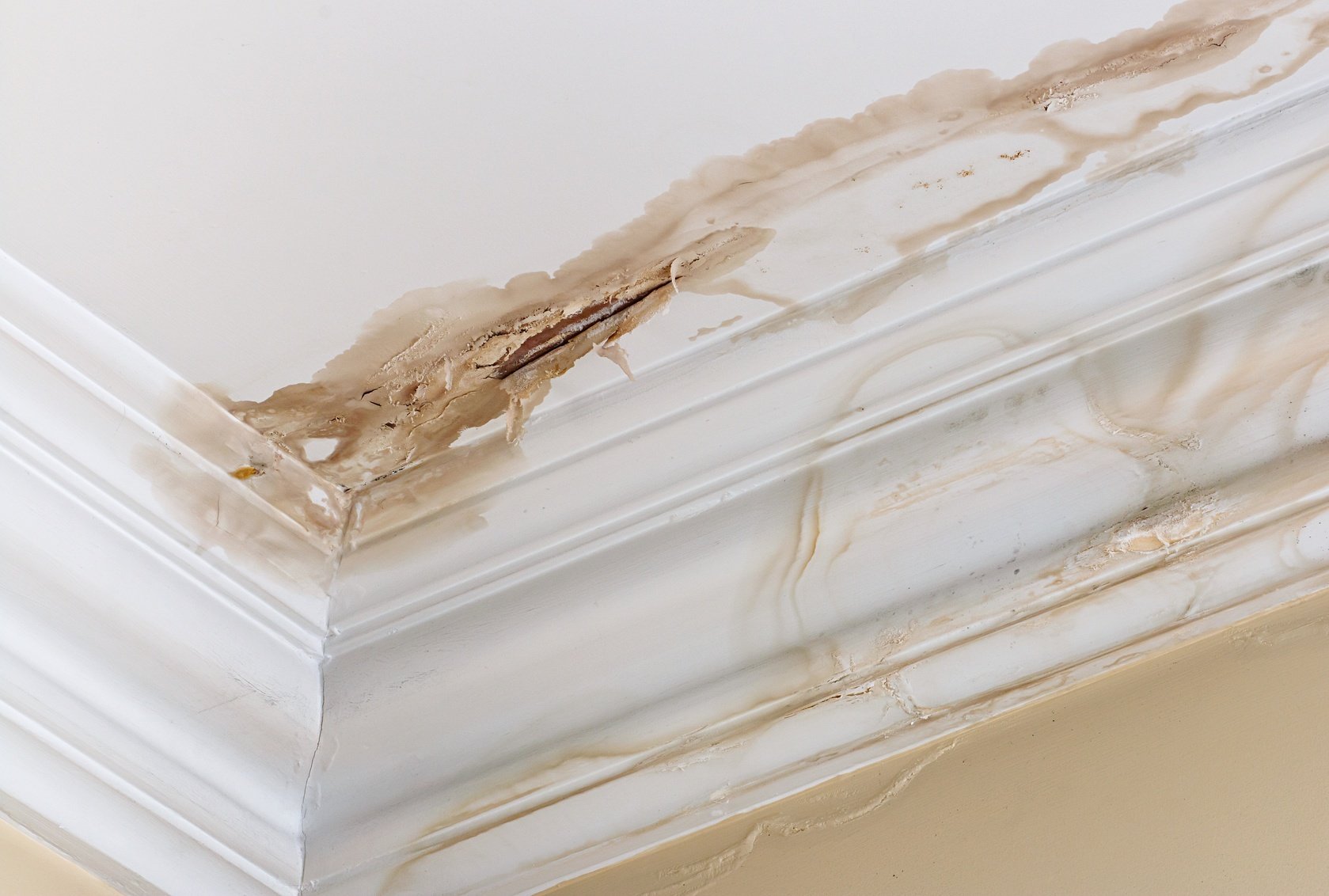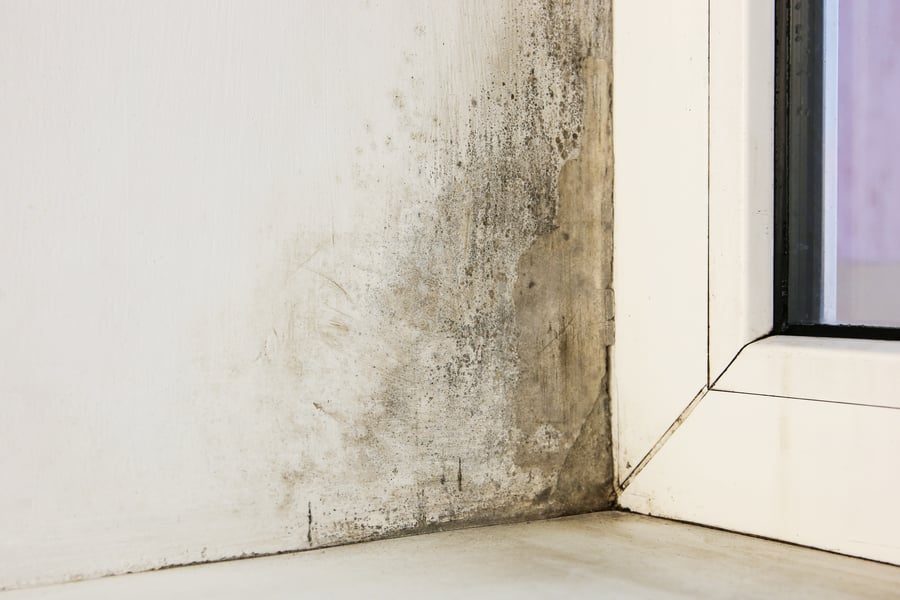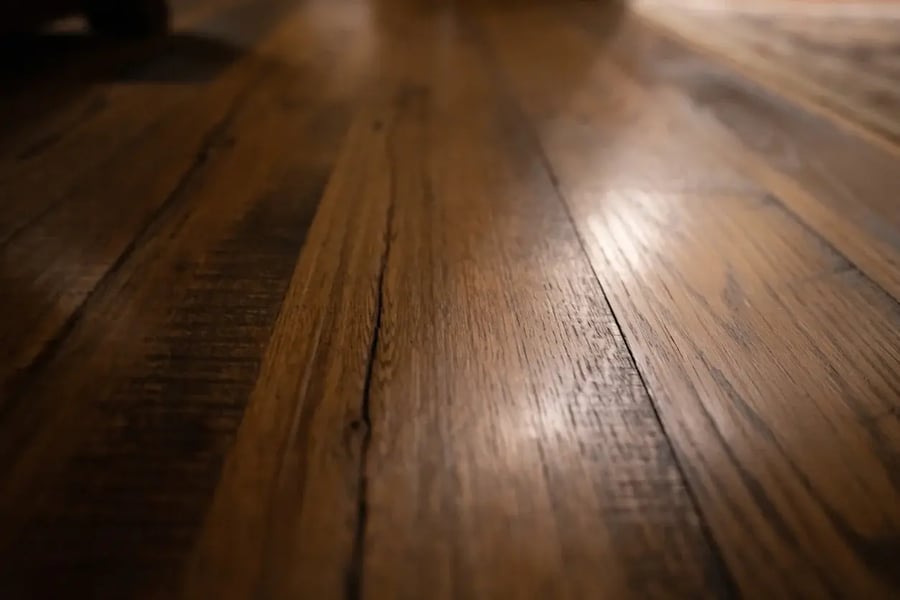The Best Moisture Meter for Commercial Use

Lots of people want to know: what’s the best moisture meter for commercial use?
It’s a question that comes up pretty often with distributors looking to stock the best products for their customers. However, before we can answer that question, it’s important to know one thing—what’s the “commercial” use the meter will be put to?
A moisture meter that’s perfect for one commercial application might not be as good as another one in a different industry.
For example, pinless moisture meters are great for commercial water damage restoration/remediation jobs, but cannot be used for checking moisture in the agriculture industry.
Picking Out the Best Moisture Meter for Your Needs
To find the best moisture meter for a particular industry, a little research will go a long way. Knowing how pin and pinless meters work, and knowing their strengths and weaknesses is a good place to start:
- Pinless Meters. Excel at fast moisture checks on flat surfaces. However, the electromagnetic scanning method may pick up false positives from metal and pinless meters always scan to a fixed depth. If the material being scanned is too thin, you’ll get readings for whatever’s behind the material. Too thick, and the scan won’t penetrate deep enough.
- Pin Meters. Provide pinpoint-precise moisture content readings using electrical resistance. Better at providing precise information and can allow you to check the distribution of moisture in a wooden board. Also, these meters don’t require a flat surface to work properly—just a surface that the pins can penetrate. However, the pins will leave pinholes in the material being checked, and the meter can only check for moisture between the pin tips—meaning that it’s easier to miss a pocket of moisture.
Most pin-type moisture meters have specialized probes or electrodes that can be attached to them. These probes are often designed for specialized tasks, such as checking hay bales, insulation behind walls, or checking a subfloor under a finished floor.
There are also moisture meters that combine the functions of both pin and pinless meters into one convenient device. These meters allow users to overcome the weaknesses of one type of meter by switching between modes.
Picking the Right Meter for the Job
Once you know whether a specific application works best with a pin or pinless meter, how do you choose from the legion of options out there?
First, look for a meter that’s been optimized for the commercial use you need. These meters will be calibrated to provide information relevant to that particular application.
 For example, Delmhorst has a series of moisture meters for agriculture that includes the F-2000, C-2000, and F-2000H for checking moisture in hay, cotton, and hops respectively. While you could use any of these meters to check a different kind of material (such as using the hay meter for cotton), the results wouldn’t be as accurate as they would be if you used the meter that was calibrated for that material. Using a moisture meter that is designed for a different material would only give you relative readings.
For example, Delmhorst has a series of moisture meters for agriculture that includes the F-2000, C-2000, and F-2000H for checking moisture in hay, cotton, and hops respectively. While you could use any of these meters to check a different kind of material (such as using the hay meter for cotton), the results wouldn’t be as accurate as they would be if you used the meter that was calibrated for that material. Using a moisture meter that is designed for a different material would only give you relative readings.
Second, take a look at the specific functions of each meter and evaluate how helpful those functions would be.
 For example, the TechCheck PLUS 2 in 1 meter features settings for drywall scale readings in the 0.1%MC – 6%MC range, wood scale readings of 6%MC – 60%MC range, and a numerical reference scale scan mode. These features make this particular meter very well-suited for restoration and inspection work where a variety of building materials may need to be tested for excess moisture.
For example, the TechCheck PLUS 2 in 1 meter features settings for drywall scale readings in the 0.1%MC – 6%MC range, wood scale readings of 6%MC – 60%MC range, and a numerical reference scale scan mode. These features make this particular meter very well-suited for restoration and inspection work where a variety of building materials may need to be tested for excess moisture.
Other applications, such as hay bale , would require the ability to use long probes that could get into the center of the bale to check for moisture pockets. Here, having a connector on the top of a meter is a must—which is why many Delmhorst moisture meters feature a universal probe socket that can fit any Delmhorst probe.
Other functions, such as built-in species corrections, would also be highly useful for any professional who frequently has to check the moisture content of different wood species.
A third point to consider is the durability of the meter. In any commercial application, there is a risk of tools getting dropped, stepped on, left in the wrong place, etc. To ensure that a moisture meter provides a good return on the investment, it needs to be durable enough to take some punishment.
While no meter will be able to withstand severe neglect, a rugged case design can prolong the useful life of a meter considerably.
In short, the best moisture meter for any commercial application will be optimized for that task, have features that make doing the work easier, and have the ruggedness to survive the rigors of the work environment.
Need help finding the perfect moisture meter for commercial use? Contact Delmhorst today, or browse our industry-organized list of moisture meters.
Subscribe to Our Blog
Post Related

Pin or Pinless Moisture Meters: Choosing the Right Meter for the Job


